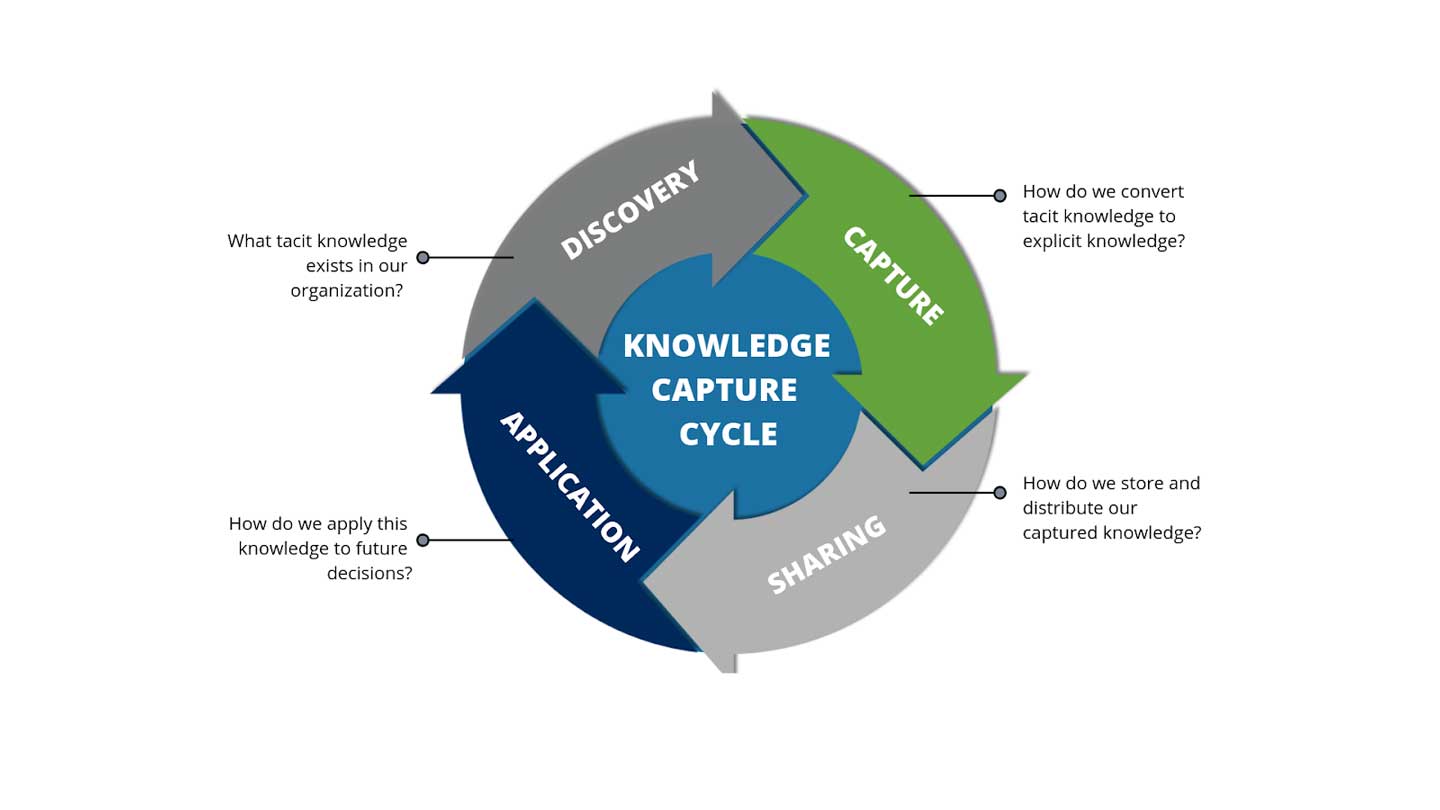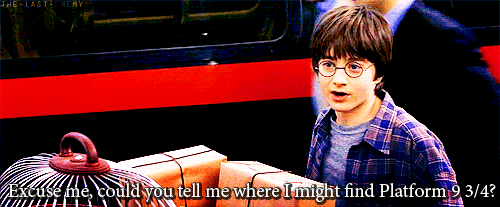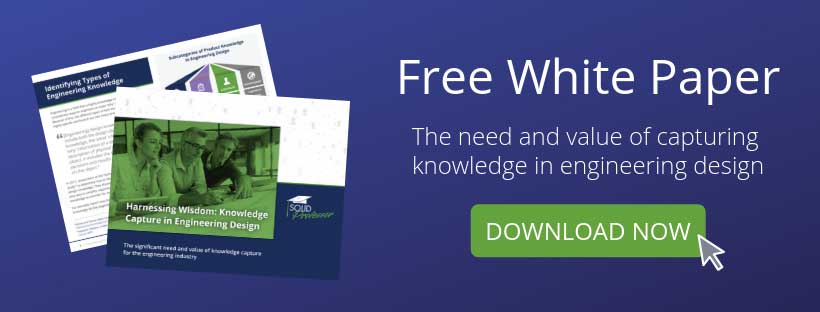The Critical Role of Tacit Knowledge in Knowledge Management
You’ve likely heard of knowledge management as a discipline in the business world. Knowledge management concepts have been studied for nearly 50 years, and many systems have been developed to help organizations turn their knowledge into a competitive advantage. 74% of organizations estimate that implementing knowledge management increased productivity by 10-40%. However, the process remains incredibly challenging for many organizations to pull off. This is largely due to the obstacles faced in the knowledge capture phase of the process, which although difficult, is the most critical to knowledge management success and better decision-making overall.
Understanding the Knowledge Management Process
Knowledge management has taken various forms over time, evolving with the digitization and globalization of the business world, but the best succinct definition of knowledge management was written by Tom Davenport in 1994: “Knowledge Management is the process of capturing, distributing, and effectively using knowledge.” The primary goal of this process is to increase efficiency and improve decision-making. Beyond that, knowledge management increases rich communication and collaboration and fosters a host of benefits including better workplace culture, protection of intellectual capital, and most importantly, storage of knowledge for the current and future workforce.
The knowledge management process, or life cycle, can be summarized in four steps:
- Discovery: For tacit knowledge, this refers to socializing and communicating to discover what information is known and vital to organizational success.
- Capture: Converting tacit knowledge to explicit knowledge by capturing wisdom from “knowledge-holders” and transferring it to shareable, storable forms.
- Sharing: Communicating captured tacit knowledge (now explicit knowledge) among current and future team members, often via Knowledge Management Systems or other platforms.
- Application: Using explicit knowledge to inform decisions, build off prior experiences, and continue to progress after “knowledge-holders” leave the organization

Despite plenty of research on the viability of knowledge management and a general agreement among researchers that it’s here to stay, it’s still fairly uncommon for organizations to have formal knowledge management processes in place. Knowledge management can be a major undertaking. Most teams struggle to hurdle the second – but arguably, most important stage in the cycle — tacit knowledge capture.
So, what is tacit knowledge?
Tacit knowledge, also referred to as tribal knowledge, is any information that exists within the minds of individuals and teams that isn’t written down or recorded in an accessible form. Tacit knowledge can include best practices, intellectual property, prior decisions, company history, and even cultural expectations.
Tacit knowledge is the opposite of explicit knowledge. Explicit knowledge encompasses processes, manuals, notes, and other information that is codified or documented and readily available within an organization.
Knowledge management considers both types of knowledge, but the troubles stem from tacit knowledge. While explicit knowledge can be accessed by all current and future employees, tacit knowledge isn’t as easily transferable and can cause delays, disruptions, and errors when it isn’t properly captured. With 44% of employees either poor or very poor at transferring knowledge, it’s clear how this issue can be perpetuated in organizations.
Let’s make this concept easier to visualize. A familiar tacit knowledge example arises in young Harry’s experience in Harry Potter and The Sorcerer’s Stone when attempting to find Platform 9 ¾.

Image credit: Warner Brothers via WiffleGIf
Harry knew he had to reach the platform to catch the train to Hogwarts, but standing between Platforms 9 and 10, the next steps are unclear. Platform 9 ¾ is nowhere to be found. Harry begins to worry and asks a guard where to go. The guard dismisses him and Harry is left to his own devices with minutes to make his train.
Meanwhile, it’s tribal knowledge among wizards that you simply walk straight at the barrier between Platforms 9 and 10 to make it through to 9 ¾. Luckily, Harry is able to observe this being done, ask for advice, and get to his train on time.
This demonstrates problems tribal knowledge can pose in real-life (or magical-life) situations. Had Harry been given explicit directions, he’d have no problem finding his train and could have avoided a lot of confusion. Instead, he was left panicking and wasting time in a situation where a known solution existed, but just wasn’t obvious to a new wizard.
Types of Tacit Knowledge
Knowing where to find Platform 9 ¾ is one example of tacit knowledge, but it encompasses much more than “street smarts” and know-how. These will vary from organization to organization, but there are five primary types of tacit knowledge to consider:
- Business Knowledge: Functional, operational knowledge including general accounting and invoicing, strategic planning, communication policies, and “insider” insights on standard practices within an industry.
- Technical Knowledge: Necessary information for knowing how and when to use different software, machinery, and other tools.
- Product Knowledge: Understanding a product’s framework, value, functions, constraints, applications, and more. This is a significant type of knowledge because it involves the most “why” and “how” decisions.
- Company Culture Knowledge: Any cultural precedents, expectations, and norms within an organization (perhaps the most infrequently documented tacit knowledge).
- Project Management Knowledge: How projects are planned and executed, product life cycles and seasonality, and resource allocation.
Why Tacit Knowledge Capture is Key
If some tacit knowledge exists in the mind of one or just a few employees, it may as well not exist at all. If these knowledge-holders happen to leave the organization without documenting their tribal knowledge, that wisdom walks right out the door with them. This is why capturing tacit knowledge is the most critical step in the process.
This problem is becoming more prevalent as waves of Baby Boomers are starting to retire. For example, within the manufacturing industry, it’s estimated that 21% of mechanical engineers currently working in the US are aged 55 years and older. When they retire, this will have a staggering impact on organizations. A seasoned employee leaving a company can result in months of lost revenue and productivity, sometimes totaling 1.5 to 2x the exiting employee’s salary. This is exacerbated when knowledge capture is not in place.
When knowledge capture isn’t completed properly (or at all), teams will experience skill gaps, inefficiencies, and the common problem of having to “reinvent the wheel,” or working backwards to understand why and how something was done. Employees can spend up to 30% of their time looking for or recreating this information. The good news is: this can be avoided.
Common Tacit Knowledge Capture Challenges (and How to Overcome Them)

If tribal knowledge capture is so important, then why is it such a large obstacle? It should be easy to write down what you know, right?
In fact, there are multiple barriers and pitfalls in tacit knowledge capture that make it difficult to establish and carry-out a knowledge management strategy successfully. It’s can be so difficult that Fortune 500 companies spend an estimated $31.5 billion annually on poor and failing knowledge management practices. Here are a few of the most common challenges and tips on how to overcome them:
- Challenge: Doing too much, or too little: The purpose of knowledge capture is not just for employees to become more knowledgeable. Any captured knowledge must be usable. You must determine that it is relevant, important, and will help solve future problems. You don’t need to capture notes from every meeting, but you do need to capture any meaningful decisions or conclusions. Conversely, it’s important not to underestimate the time and effort required for this process. 74% of organizations cite “experts lacking time” as one of the top obstacles to knowledge transfer.
- Solution: It’s important for leadership to be on-board with the knowledge capture process in order to achieve adoption and re-use. They have a responsibility to help knowledge-holders set aside time for capturing wisdom. In these cases, it’s often easiest to utilize a service that will provide guidance while requiring less time from team members.
- Challenge: Thinking verbal tacit knowledge sharing is enough. Passing stories by word-of-mouth has been done for thousands of years, but like a game of telephone, it’s easy for details to get lost and confused. Many organizations operate believing that one-time, in-person training is enough. However, transferring tacit knowledge through word-of-mouth places the responsibility of retaining it on the person learning, who is unlikely to remember the full story.
- Solution: Knowledge capture must involve documenting and storing information in a way that can be accessed again and again by multiple people. This is easy to do with different tools and platforms.
- Maintaining tacit knowledge as an excuse to avoid automation. Many businesses, especially more traditional organizations that are slower to change, still prefer to rely on time-consuming manual processes instead of optimizing for efficiency. This reluctancy allows tacit knowledge to persist undocumented.
- Solution: This can be solved by using a system or service that will lead the entire knowledge capture process for you!
- Challenge: Failing to acknowledge generational gaps. As we mentioned previously, the greatest opportunity for knowledge capture presently comes from retiring Baby Boomers with many stories to tell. The generations that will be applying this knowledge, however, are quite different.
- Solution: Millennial and Gen Z team members will respond better to digestible answers over drawn-out, detailed descriptions (or else, they’ll resort to a Google search). Format your capture knowledge in a way that’s easy to skim!
- Using tacit knowledge for job security. It’s not unusual for experienced employees to feel threatened by management hiring new, younger team members or adopting new technology. Holding onto tribal wisdom can make these experienced employees feel indispensable to their organization, thus ensuring their job security.
- Solution: Knowledge capture should instead be presented as empowering for knowledge-holders. It’s a way to immortalize their invaluable knowledge and affirm their position, giving them a feeling of respect and ownership.
The point is: use it, don’t lose it. Don’t waste time making the same mistakes (or searching for Platform 9 ¾) when the answers are right there in the brightest minds on your team. Tacit knowledge is an invaluable asset to any organization, and capturing it can help propel your team forward. It’s time you got started. (If you’re ready to learn how, we can help.)
Download our free whitepaper to learn about knowledge capture for engineering design teams, and why the stakes are higher for this industry.

Ready to go? SolidProfessor can help you build custom training for your team by capturing your tacit knowledge in our platform. Contact Us to get started.
























